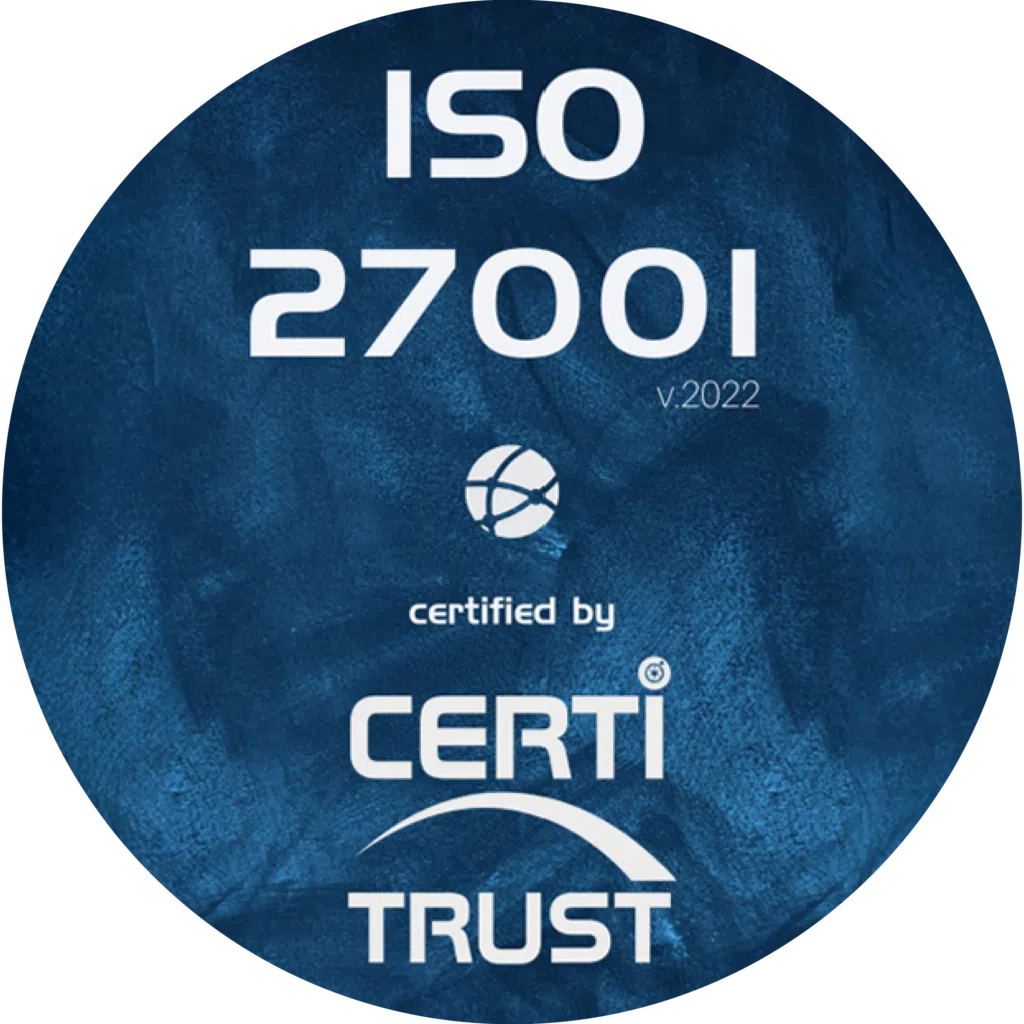Purchase orders play an important role in corporate purchasing control. In this article, we’ll define what a purchase order is, describe the information it contains, highlight the main benefits of using purchase orders, and explain the key stages in the ordering process.
What is a purchase order?
A purchase order, also known as order form, is the official confirmation of an order. It is a document sent from a buyer to a seller authorizing a purchase.
What information does a purchase order contain?
Although some information may vary, purchase orders generally include the name of the company purchasing the goods or services, the order date, the delivery date, the description andquantity of the goods or services, prices, a postal address (for delivery), payment information, thebilling address and a purchase order number.
Why do companies use purchase orders?
Purchase orders are used for several reasons:
- They define clear expectations – Purchase orders allow buyers toclarify their exact requirements to suppliers. Not only does this get you off on the right foot, but both parties can use it as a formal check in case orders aren’t delivered as expected.
- They help manage orders – Many companies appoint certain people to manage inventory, which usually includes processing incoming orders. These people usually work in purchasing, finance or operations. Purchase orders provide these people with official documentation of incoming or pending deliveries, enabling them to track and manage orders more effectively.
- They help with budgeting – Once a purchase order is created, buyers can immediately integrate these costs into company budgets. Companies benefit from clear visibility of their expenses and how they are distributed.
- They’re legally binding – We’re often asked whether an order form is a legally binding contract. The official answer is yes! In the absence of a formal contract ,a purchase order can only serve as a legally binding document once it has been accepted by the seller.
- They are a key element in audit trails – Auditors are on the lookout for financial discrepancies. They will be particularly interested in incoming goods and services and outgoing payments. Issuing, processing and recording purchase orders is an excellent way of satisfying auditors.
The above benefits are aimed at buyers, but purchase orders are also important documents for suppliers. Suppliers use them to fulfill orders and process payments.
Do companies still need purchase orders?
Whether companies need purchase orders depends on a number of factors, but in general, it’s good business practice to keep things straight in accounts payable.In today’s world, communication takes place at the speed of light. Orders are placed by phone, e-mail and even SMS. Forgoing formal confirmation of an order means that you or your supplier may forget important details of the order.Some institutions do not require a purchase order for certain items. We’ll illustrate this using the requirements of a small private university listed on its website. Purchase orders are not required for the following expenses:
- Administrative expenses (bookshop, printing, etc.). These expenses are billed monthly instead.
- Reimbursement of travel expenses. An expense claim form is used instead.
- Renewal of annual memberships and subscriptions. An expense claim form is required instead.
- Ordering office supplies online from the university’s designated supplier.
In all other cases, the university clearly states that it may refuse payment without authorized purchase orders.
What are the steps in the ordering process?
Here are the steps involved in placing an order. Note that the ordering process is part of a broader procurement process that includes everything from identifying the need for a good or service to payment.
- Step 1: Buyer creates a requisition – The ordering process begins with a purchase requisition, a document created by the buyer and submitted to the department that controls finance. Think of this as the part of the process where you get the green light to buy the goods and services you want. You don’t actually order anything, you get approval to do so. Approvers can choose to approve, reject or request more information about your raised requirement. The main difference between requisitions and purchase orders is that a requisition is about authorization and a purchase order is about purchase.
- Step 2: Buyer issues purchase order – Once Purchasing has approved the requisition, it issues a purchase order to the supplier. Purchase orders are usually created using order management software such as Weproc, which enables companies to track and submit purchase orders electronically.
- Step 3: Vendor rejects or approves (acknowledges) the purchase order – The vendor will review the purchase order thoroughly, paying particular attention to quantities, prices, total amount due and terms and conditions. Once the vendor approves the purchase order (usually by e-mail or using purchasing management software), he prepares the products or services to be delivered.
- Step 4: Buyer registers the order – The final step in the order placement process is for the buyer to register the purchase order. As mentioned above , it’ s a good practice to file purchase orders in the event of an audit.
Once these stages of the purchase order process have been completed, the goods or services are delivered and inspected. Then the seller issues an invoice to the buyer, payment is made and the transaction is completed.


How is a purchase order different from an invoice?
Although they may seem similar, purchase orders and invoices are quite different. An invoice requests payment for a purchase and is sent from the seller to the buyer. They include the same information as a purchase order, as well as an invoice number, the supplier’s contact details, any credits or discounts for early payment, the payment schedule and the total amount due to the supplier.
The main differences between the two documents are thata purchase order results in the creation of an invoice. A purchase order is sent from the buyer to the seller, whilean invoice is sent from the seller to the buyer. What’s more, a purchase order formally “orders” goods or services from a supplier, while an invoice requests payment for the order.
Why should you automate your ordering process?
The ordering process is important, but in the absence of a purchasing management software, it ‘s undoubtedly manual and time-consuming. With a system like Weproc, automation makes the whole process more efficient. Here’s why you should automate this process:
- All purchasing documents are centralized in one place, accessible from anywhere – Tracking and tracing requisitions and purchase orders is much less tedious with the right solution. You can access all the details you need, when you need them – in one place.
- Automated supplier catalogs make requisitioning easy – You can create requisitions using a standardized online form with our automated supplier catalogs. There’s no need to leaf through outdated paper supplier catalogs for goods or services. Online catalogs make it easy to find the item you’re looking for at the right price from your preferred suppliers, while reducing manual data entry. You can also register items to save time and make purchasing simpler.
- Faster approvals –Approving requisitions is quicker and easier with an automated approval workflow system. You can send them directly to the person in charge of approving them,thus reducing bottlenecks. Setting up an approval workflow takes justa few clicks. Once this person has been designated as the approver, he or she willinstantly startreceiving approval requests, which will trigger the creation of a purchase order. Approvals can be managed on the move – no need to delay orders.
- Purchase orders are easy to create and share – Like purchase requisitions, purchase orders are also easily managed via purchasing management software. You no longer have to worry about the format of purchase orders, as everything is pre-filled. What’s more ,you can send them to suppliers in any format.
- More visibility on expenses – With spend management software, you can manage the entire life cycle (Procure-to-Pay) and have access to information and analysis that can help you manage company expenses more effectively. Relevant team members see theimpact of purchase requests before you approve them, and budgets are automatically updated once a purchase order is sent out.
- See order status at a glance – Being able to track the status of all your orders in one place is a huge advantage in automating the order management process. You can easily see what’s happening in real time, such as approved or rejected requisitions and orders placed.
- Reduce invoice approval cycle times – Finance can spend less time searching for confirmation that an invoice needs to be paid, and streamline invoicing by comparing against approved purchase orders with full audit trail visibility. There’s no need to go through your orders placed by e-mail or in paper format when purchase order management is digital!
The ordering process is important for businesses. Developing and maintaining a disciplined purchase order process is ideal for establishing optimal supplier relationships, maintaining an audit trail and adhering to budgets, among other valuable benefits. Automating it can help streamline communications and minimize financial risks.
Want to learn more about our Weproc procurement management software?
Contact us or request your 15-minute demo below!









